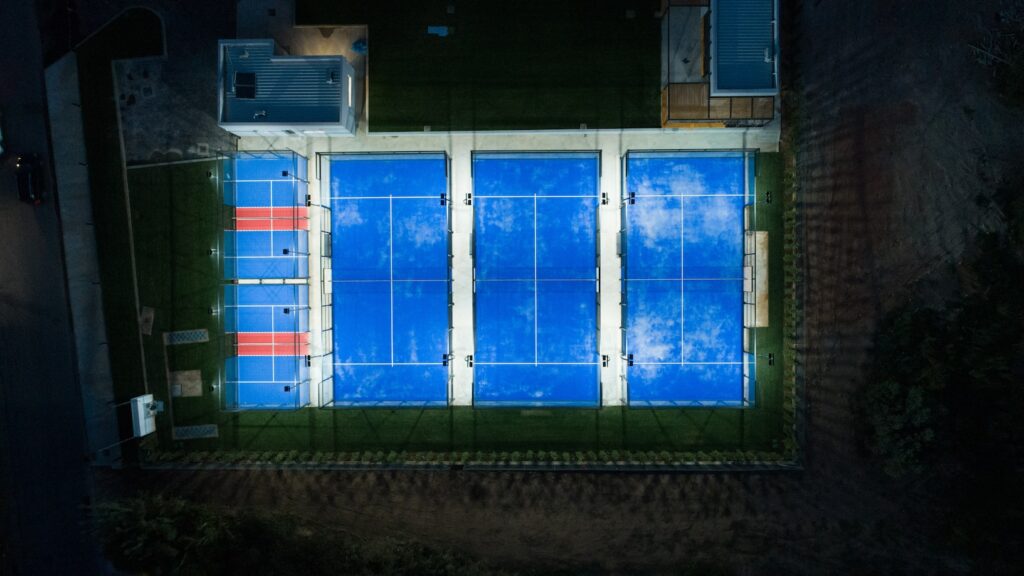A Complete Guide: How to Understand Padel Doubles Rules
3 min read
A Complete Guide: How to Understand Padel Doubles Rules
Introduction
Greetings, fellow padel enthusiasts! If you are new to this exhilarating sport or simply looking to brush up on your knowledge, you’ve come to the right place. In this comprehensive guide, we will delve into the intricacies of padel doubles rules and help you become a master of the game. So let’s get to it!
What is Padel?
Before we jump into the rules, let’s quickly recap what padel is all about. A fusion of tennis and squash, padel is a racquet sport that is taking the world by storm. It is typically played in doubles, making it a fantastic social activity.
Padel is played on a court enclosed by glass walls and metal mesh, with the dimensions of 20 meters long and 10 meters wide. The most striking feature is the presence of solid walls, allowing the ball to be played off them much like in squash. This unique element adds a fascinating dynamic to the game.
Serving and the Golden Rules
In padel doubles, the serve is an essential aspect that sets the tone for the game. Here are a few golden rules to keep in mind:
1. Underhand Serve: Unlike in tennis, padel serves should always be made underhand, meaning you must keep one foot on the ground during the serve. This rule contributes to the friendly and less strenuous nature of the game.
2. Diagonal Serve: The server must hit the ball diagonally, just like in doubles tennis. This ensures that the receiving team has a fair chance to return the serve, keeping the game balanced and exciting.
3. No Volley Serve: Unlike tennis, you cannot hit the ball directly out of the air without allowing it to bounce first. This adds a thrilling element of strategy to the game, as players must anticipate the ball’s bounce before returning it.
Scoring and Rotation
Understanding the scoring system in padel doubles is crucial to enjoy the game fully. Here’s how it works:
1. Traditional Scoring: Padel employs the traditional scoring system, where games are counted as 0, 15, 30, 40, and “game.” However, there’s a unique twist – if the score reaches 40-40 (known as “deuce”), the next point won by a team is followed by an “advantage” point for them.
2. Rotation and Serving Order: The serving side alternates every two points, with the first serve in each game starting from the right side of the court. This rotation ensures that all players have an equal opportunity to serve and avoids any unfair advantage.
Building Strategy
Now that you have a good grasp of the core rules, let’s dive into the world of strategy:
1. Communication is Key: Padel doubles is a team sport that demands constant communication and coordination between partners. Always discuss your strategy, cover each other’s weaknesses, and cheer each other on to boost team morale.
2. Master the Walls: One of the unique aspects of padel is the ability to use the walls strategically. Practice playing balls off the walls during rallies to surprise your opponents and stay one step ahead.
3. Utilize the Central Zone: The central zone is a vital area in padel, where the majority of the game is played. Control this region by using lobs, drops, and smashes to keep your opponents on their toes.
Conclusion
And there you have it – a complete guide to understanding padel doubles rules. Whether you’re a novice or a seasoned player, these rules will help you improve your game and take it to another level of enjoyment. Remember, practice makes perfect, so grab your racquet, find a partner, and hit the padel court to put these rules into action. Good luck and have fun!






